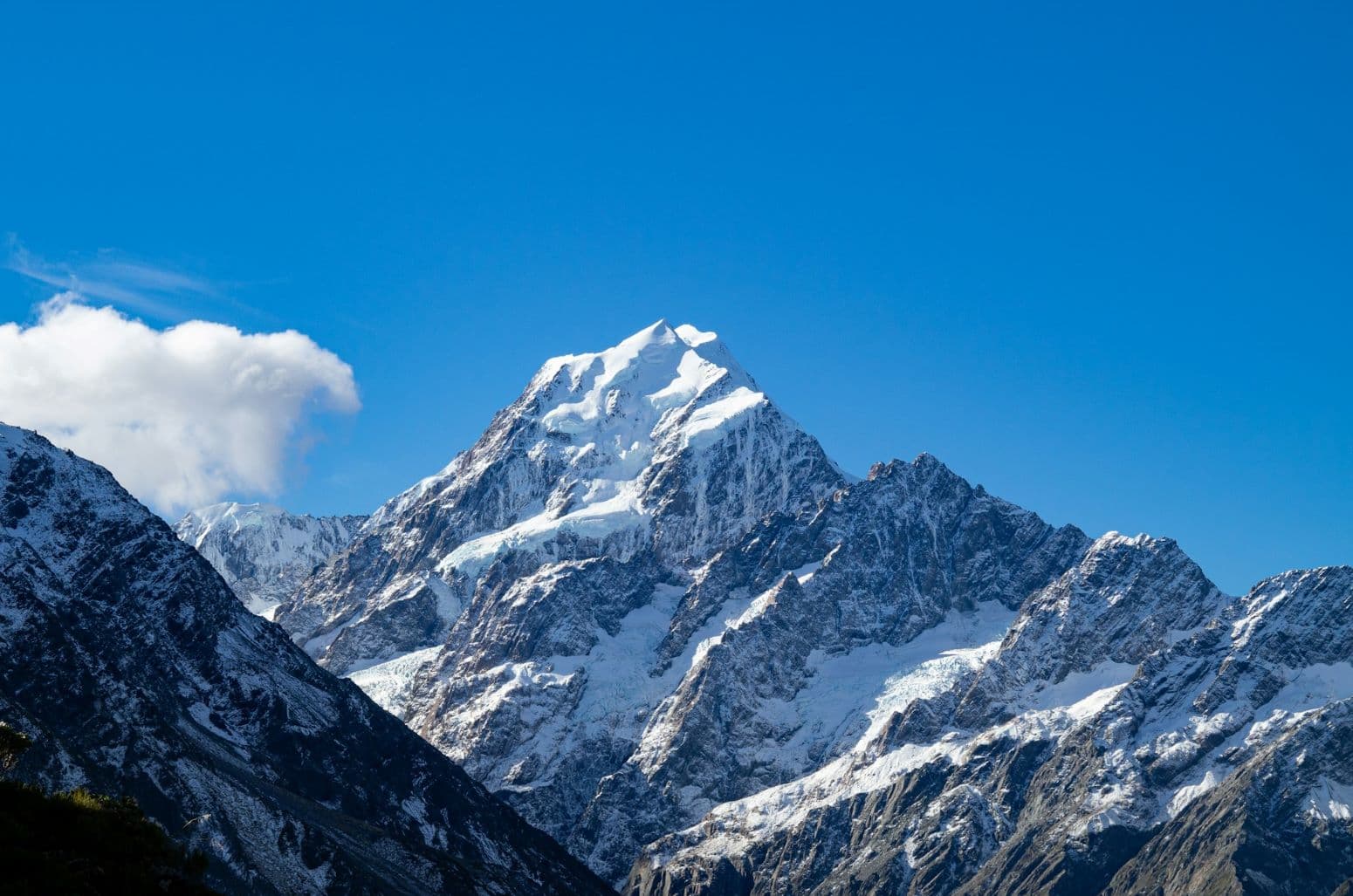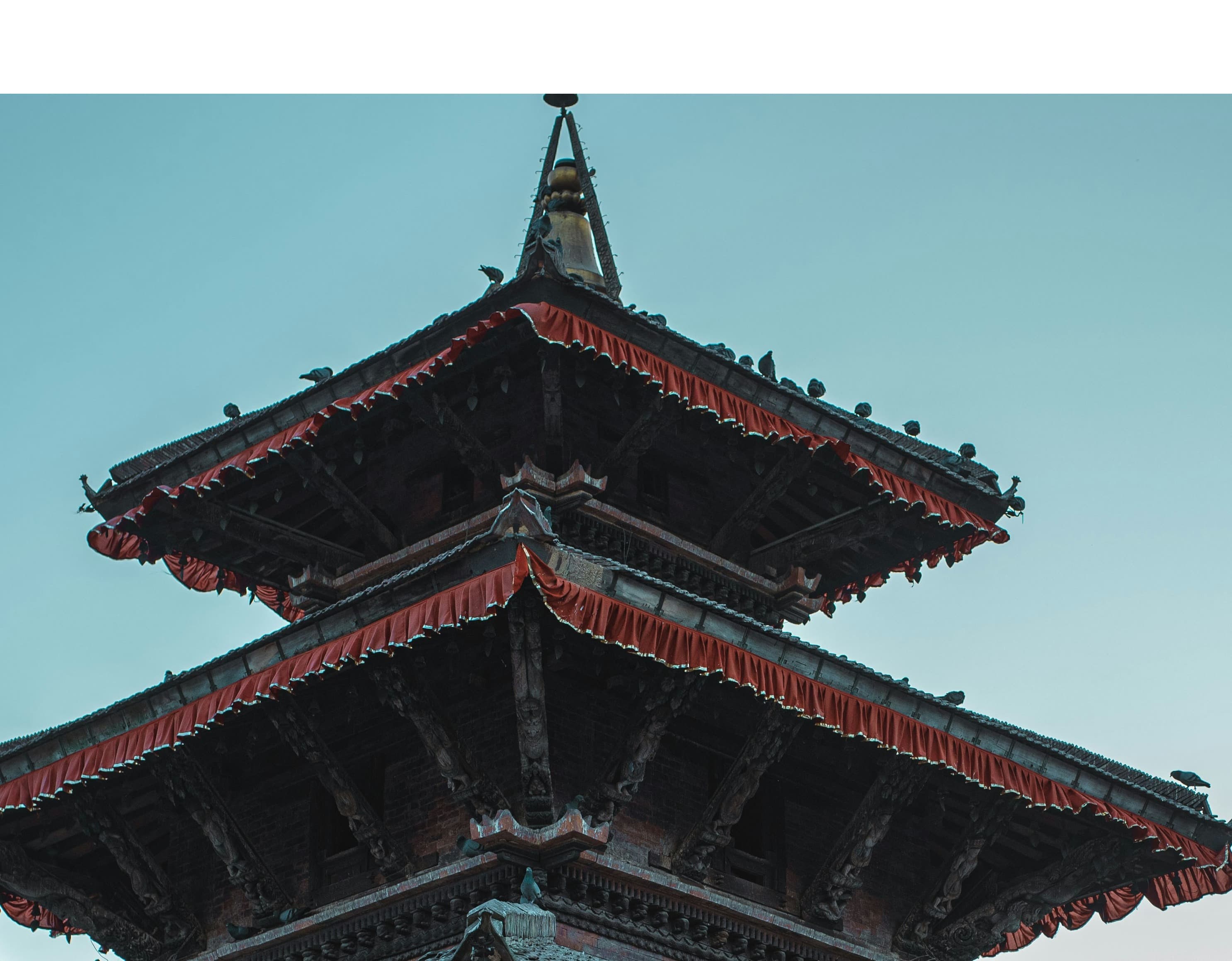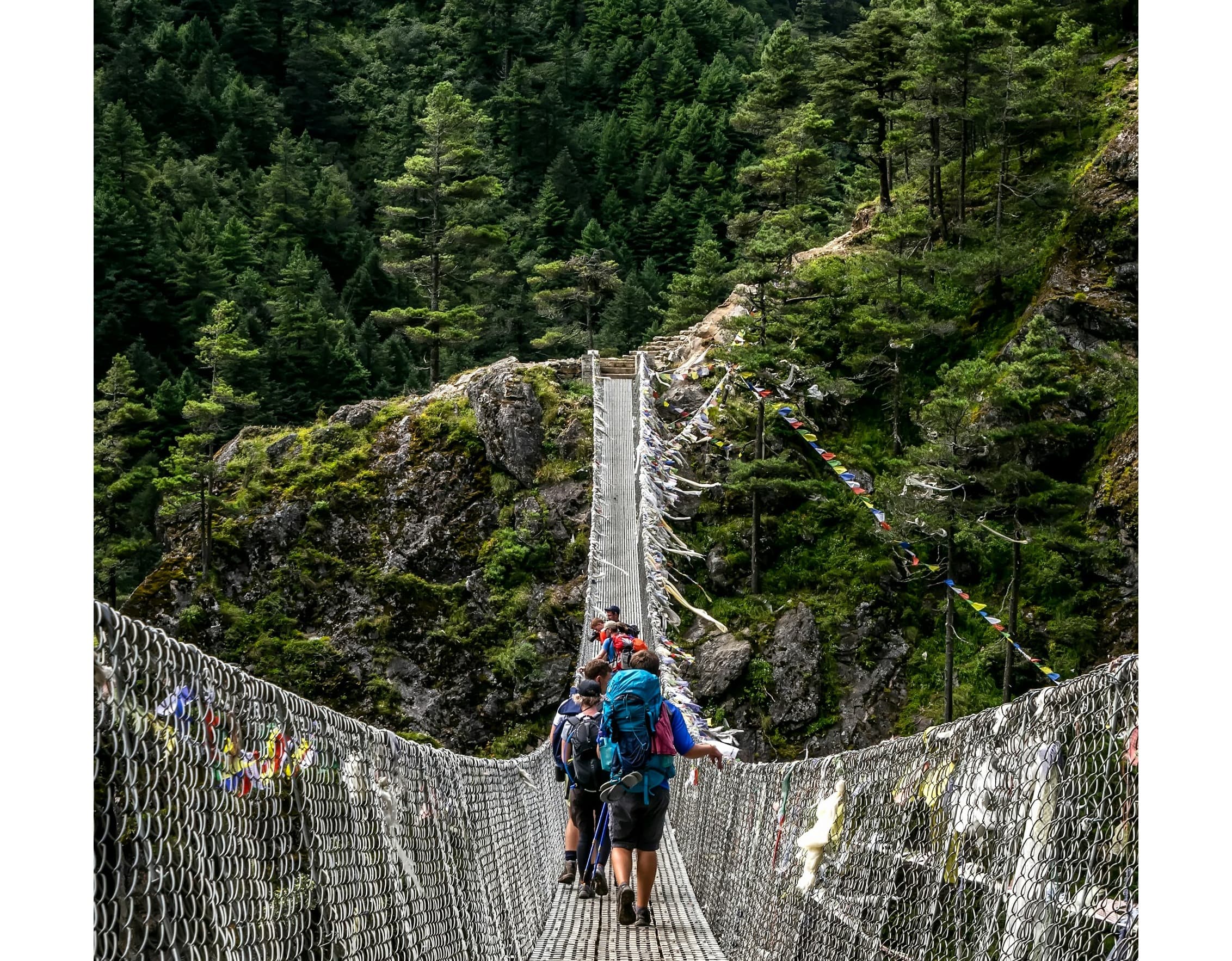- 10 Tips to Successful Everest Base Camp Treks
- Selecting the Right Local Tour Operator
- Pack Wisely & Minimize Excess Weight
- Prepare Yourself Physically and Mentally
- Aware of the Altitude Sickness
- Prioritize Acclimatization
- Slow and Steady Pace
- A Balanced Diet is Necessary
- Stay Hydrated
- Plan a Few Extra Days While Trekking in the Everest Region
- FAQs: Trek to the Everest Region
Trekking to Everest Base Camp is not just an excursion; it's a quintessential pilgrimage for the intrepid globetrotter. Nestled at the foot of the world's highest summit, Mount Everest, and enveloped by the spectacular vistas of the Himalayas, this trek offers an unparalleled adventure. The expedition is as much about the breathtaking natural scenery as it is about immersion in the vibrant Sherpa culture and navigating the rigors of high-altitude hiking.

As you gear up for this legendary journey, comprehensive preparation is essential. Equipping yourself with top-notch trekking gear, collaborating with a trusted local trekking agency, and meticulously planning your route are crucial steps to ensure a rewarding experience. Additionally, it’s vital to consult with experienced guides who can offer invaluable insights and support throughout this challenging trek.
Embarking on the Everest Base Camp Trek requires robust physical and mental preparation. Training in advance to build stamina and adapt to higher elevations will greatly enhance your ability to enjoy and successfully complete the trek. Paying close attention to your body's needs and respecting the mountain environment will not only safeguard your health but also enhance your connection to the majestic landscapes and the enduring spirit of the local communities you’ll encounter along the himalayas.
-0.jpg)
10 Tips to Successful Everest Base Camp Treks
Everest Base Camp trek requires careful preparation and decision-making to ensure a memorable and safe adventure. Here are 12 crucial aspects to consider:
Selecting the Right Local Tour Operator
Choosing a reputable local tour operator is paramount for a successful trek. Look for operators with positive reviews, proper licenses, and a track record of responsible and ethical trekking practices. A good operator will provide knowledgeable guides, adequate safety measures, and logistical support, making your experience both enjoyable and safe.
Pack Wisely & Minimize Excess Weight
Efficient packing is essential for the Everest Base Camp trek. Prioritize lightweight, multi-functional gear and clothing suitable for variable weather conditions. Essential items include a durable pair of hiking boots, thermal clothing, a waterproof jacket, and a sleeping bag rated for freezing temperatures. Avoid overpacking to keep your backpack manageable, focusing on necessities to ease your physical exertion.
Prepare Yourself Physically and Mentally
Physical and mental preparation cannot be overstated. Engage in regular cardiovascular training like running, cycling, and hiking to improve your stamina. Strength training can also help prepare your muscles for the arduous trek. Mentally, ready yourself for the challenges of long trekking days and basic living conditions. Mental resilience will help you overcome the physical and emotional highs and lows of the trek.
Aware of the Altitude Sickness
Altitude sickness is a serious concern on the Everest Base Camp trek. Educate yourself about its symptoms, which can include headaches, nausea, and dizziness. Ascend gradually to allow your body to acclimatize and stay hydrated. It’s crucial to communicate openly with your guide about any symptoms you experience; a good guide will know whether to continue ascending or when to descend for safety.
Prioritize Acclimatization
Acclimatization is critical to avoiding altitude sickness. Plan your itinerary to include days specifically for adjusting to higher elevations, particularly at key points like Namche Bazaar and Dingboche. These stops are crucial for letting your body adapt to the decreased oxygen levels without suffering adverse effects.
Slow and Steady Pace
Maintaining a slow and steady pace is vital to conserve energy and adjust to the altitude. This approach reduces the risk of exhaustion and altitude sickness, allowing you to enjoy the scenery and experience without undue strain.
A Balanced Diet is Necessary
A balanced diet high in carbohydrates and sufficient in proteins and fats is essential on the trek. Carbohydrates are an efficient energy source at high altitudes, and keeping your energy intake balanced with the physical output is crucial.
Stay Hydrated
Dehydration can be a serious issue on the Everest trek due to the dry mountain air and exertion. Drink at least 3-4 liters of water daily and incorporate hydration salts if necessary to replace electrolytes lost during trekking.
Plan a Few Extra Days While Trekking in the Everest Region
Allowing a few extra days in your itinerary can help manage unexpected challenges such as bad weather, illness, or additional rest days needed for acclimatization. This flexible approach ensures you can enjoy your trek without rushing and have a buffer for unforeseen circumstances.
FAQs: Trek to the Everest Region
-
What is the best time to trek in the Everest region?
- The pre-monsoon spring months of March to May and the post-monsoon autumn months of September to November offer the best weather conditions and clear views.
-
Do I need a guide to trek in the Everest region?
- While not legally required, hiring a guide is highly recommended for safety, route navigation, and gaining deeper cultural insights.
-
What are the symptoms of altitude sickness?
- Symptoms include headaches, nausea, dizziness, and shortness of breath. If symptoms appear, it’s crucial to stop ascending and consult a professional.
-
How difficult is the Everest Base Camp trek?
- The trek is considered challenging due to its high altitudes, steep climbs, and the length of the trekking days.
-
What permits do I need for the Everest Base Camp trek?
- You need a TIMS card and a Sagarmatha National Park permit.
-
Can I charge my electronic devices along the way?
- Yes, most teahouses offer charging facilities for a small fee.
-
What should I pack for the trek?
- Essential items include a good quality sleeping bag, layers of warm clothing, waterproof jacket, trekking boots, sun protection, and a first aid kit.
-
How much does the Everest Base Camp trek cost?
- Costs vary widely depending on the type of trek, the agency, and additional expenses but generally range from $1,000 to $3,000.
-
Is there internet access along the trek?
- Yes, many teahouses offer Wi-Fi for a fee, though connectivity can be unreliable and slow.
-
What is the average group size for trekking tours?
- Group sizes can vary, but typically range from 6 to 15 people in commercial trekking groups.



